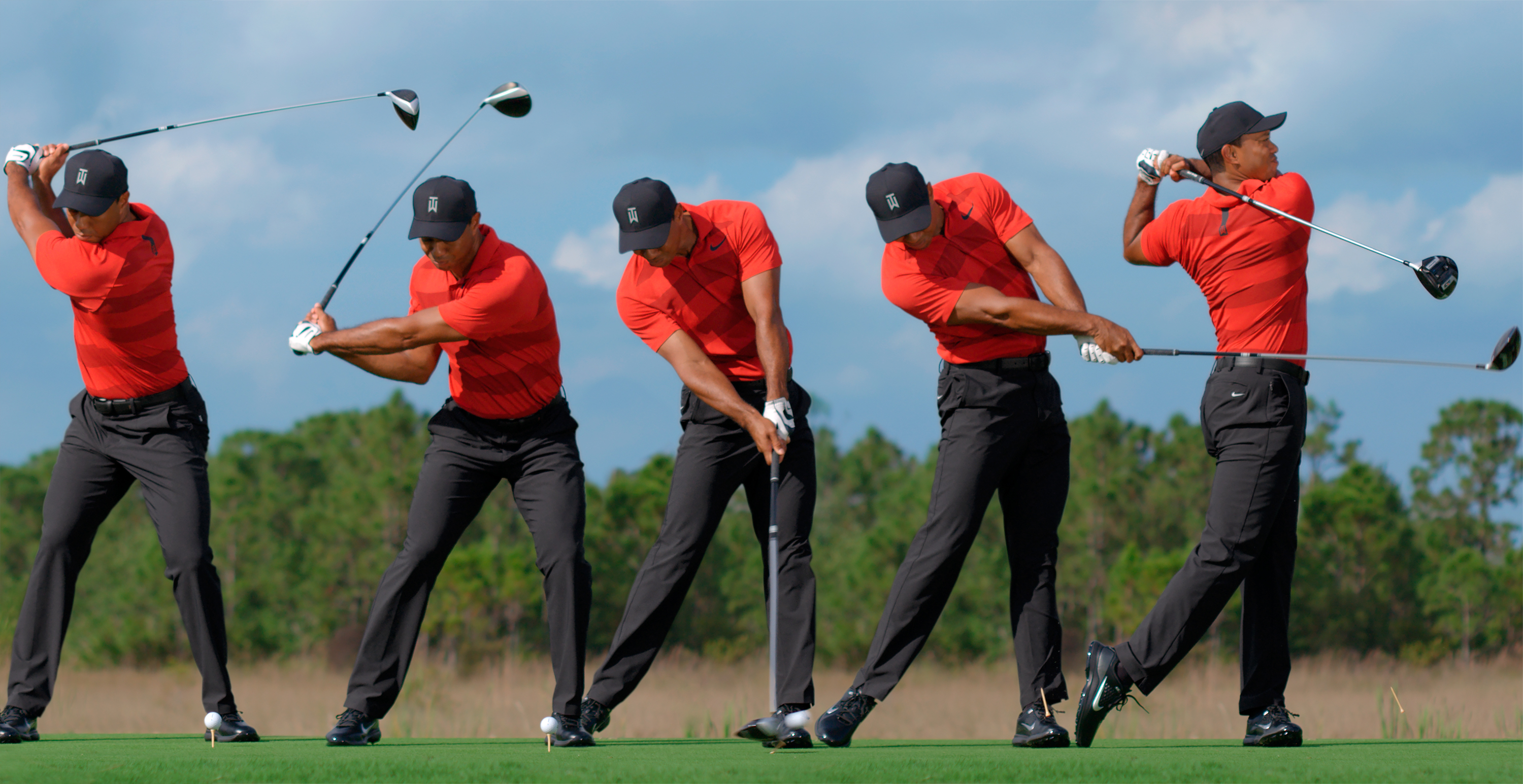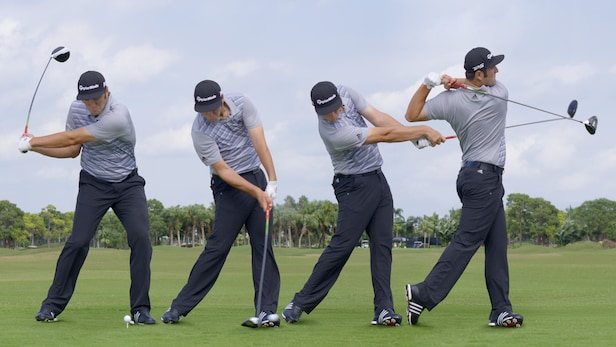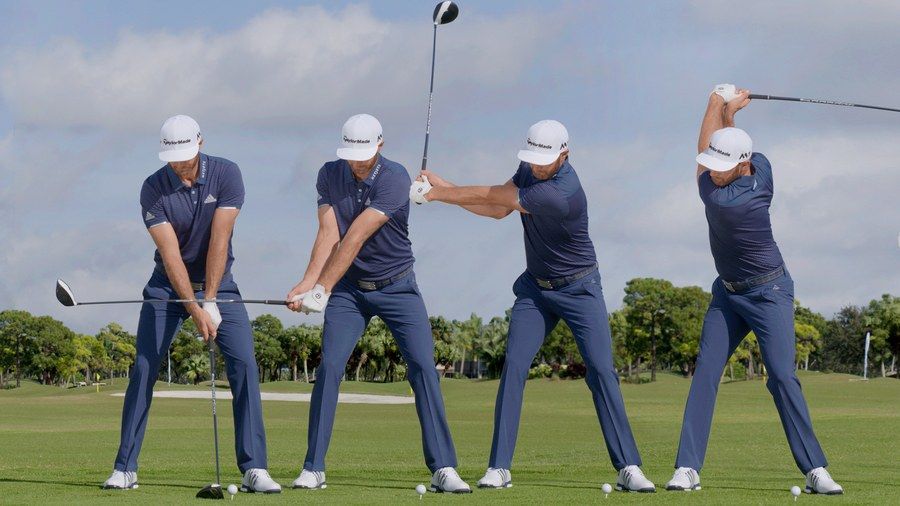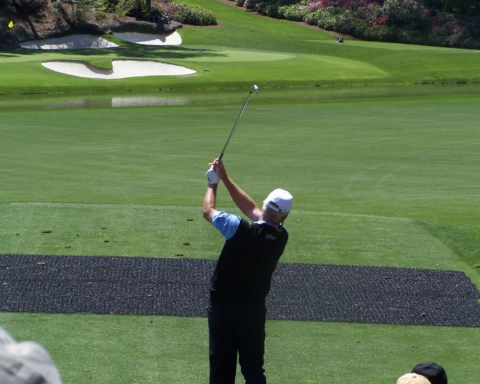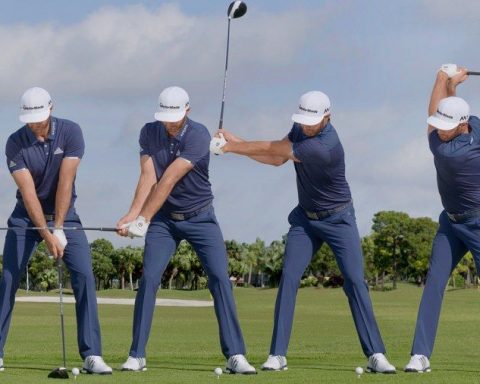Golf is difficult if not impossible to master. It is challenging to get good accurate information about and how to practice proper fundamentals. It is more difficult to decide which keys to the swing you should work on. There is no magic bullet but for most of us there are a few keystones or swing key that are force multipliers. In golf a force multiplier is one action that corrects or improves other actions in the swing. For example, when I keep my left arm “straight” in the back swing this help keep my hands on plane and also helps to set my wrist.
Try to find your force multipliers for you game and you will improve. Here are a few suggestions.
- Keep your head still, no. In golf for the other 80% I describe head motion based on eye dominance. The head should not stay still but should basically rotated while staying close to the original position during the motion. Your nose will need to rotate to add flexibility to your shoulder motion. A good drill is to stand in front of a wall with your head against the wall and make small swings. Watch this video for more help with this, https://www.youtube.com/watch?v=-dZ6ravs-7U
- Trail or right leg knee flex should create a smaller angle in the back swing so the right leg can almost straighten. This helps with the right or trail hip rotate in the back swing. If your right knee stays mostly flexed you will have a hard time rotating your hips and shoulders in the back swing. Every player on tour has a little different loss of flex in the back swing depending on leg strength and flexibility.
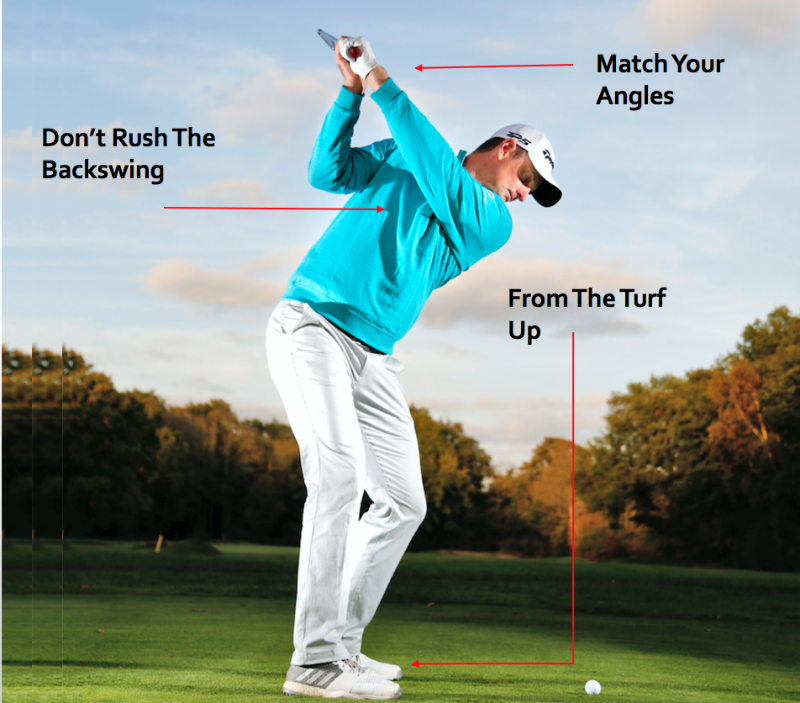
- Footwork and pressure into the ground area essential to good swings. Good swings start from the ground up. Bradley Hughes instructor and former PGA tour player from Australia came up with a simple concept that is helping many players. He is using a object similar to 3/4″ plywood that is about 12″ x 18″ having players keep pressure against the board during the swing. This great, simple invention really helps players with there leg work. See more at https://www.downunderboard.com/
- Lack of flexibility and low strength are the enemies of distance and consistency. While most of us are not physical specimens we can all work on our flexibility. Most amateurs biggest issues come from lack of flexibility causing all kinds of work arounds in attempt to create speed. There are plenty of golf flexibility video on YouTube, this is just one of those. https://www.youtube.com/watch?v=fBC9u7CW2LM
- Hand and shaft plane are critically important. Depending upon your height, build and flexibility the perfect plane differs from body type to body type. There are several planes in the golf swing but lets stay with hand and shoulder plane. Set up a video on
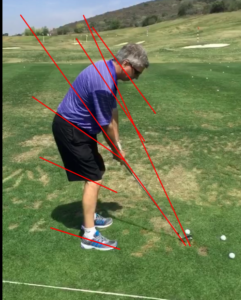 the target, ball line. Record your swings and then draw a couple of line from the ball up the shaft and from the ball through the right shoulder. The closer you can keep the shaft and hands on these planes the better ball striker you will become. Here is one of many videos on the subject, https://www.youtube.com/watch?v=BmR0nSoQPVo
the target, ball line. Record your swings and then draw a couple of line from the ball up the shaft and from the ball through the right shoulder. The closer you can keep the shaft and hands on these planes the better ball striker you will become. Here is one of many videos on the subject, https://www.youtube.com/watch?v=BmR0nSoQPVo - Remember to finish your swing. Most of us do not finished stacked in the follow through position. You should be in balance standing erect with your chest and hips facing at or left of your target. See example pictures.
See the example pictures and hope this helps you play better!
Jim Hartnett, PGA

